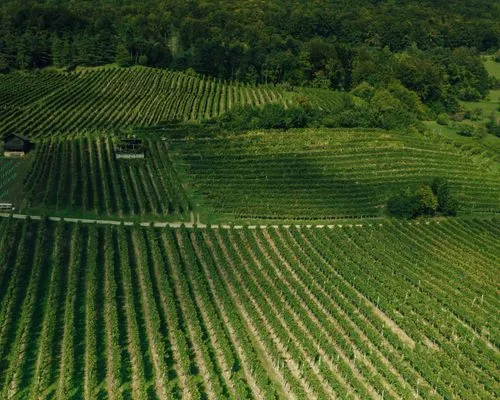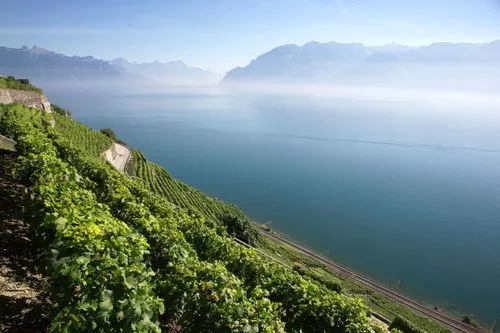Table of contents
Grape variety White
Foie gras, game terrine
Shellfish bisque
Cheese dishes
Amigne lends itself to dry, medium-sweet and sweet wines, with the level of sweetness indicated by an exclusive Amigne de Vétroz label illustrating 1 (<8g/l), 2 (9-25g/l) or 3 (>25g/l) bees.
The dry and medium-sweet wines have aromas of lime tree tea, pear, citrus fruits, white pepper and in mouth noticeable yet delicate tannins, with a slightly bitter finish.
The naturally sweet wines ("raisined grapes") are characterised by orange and tangerine zest, dried apricots and a lovely balance in mouth, with a very long finish.
Switzerland. Naturally.
Confirm your age
To visit our site, you must be of legal drinking age in your country of residence.



